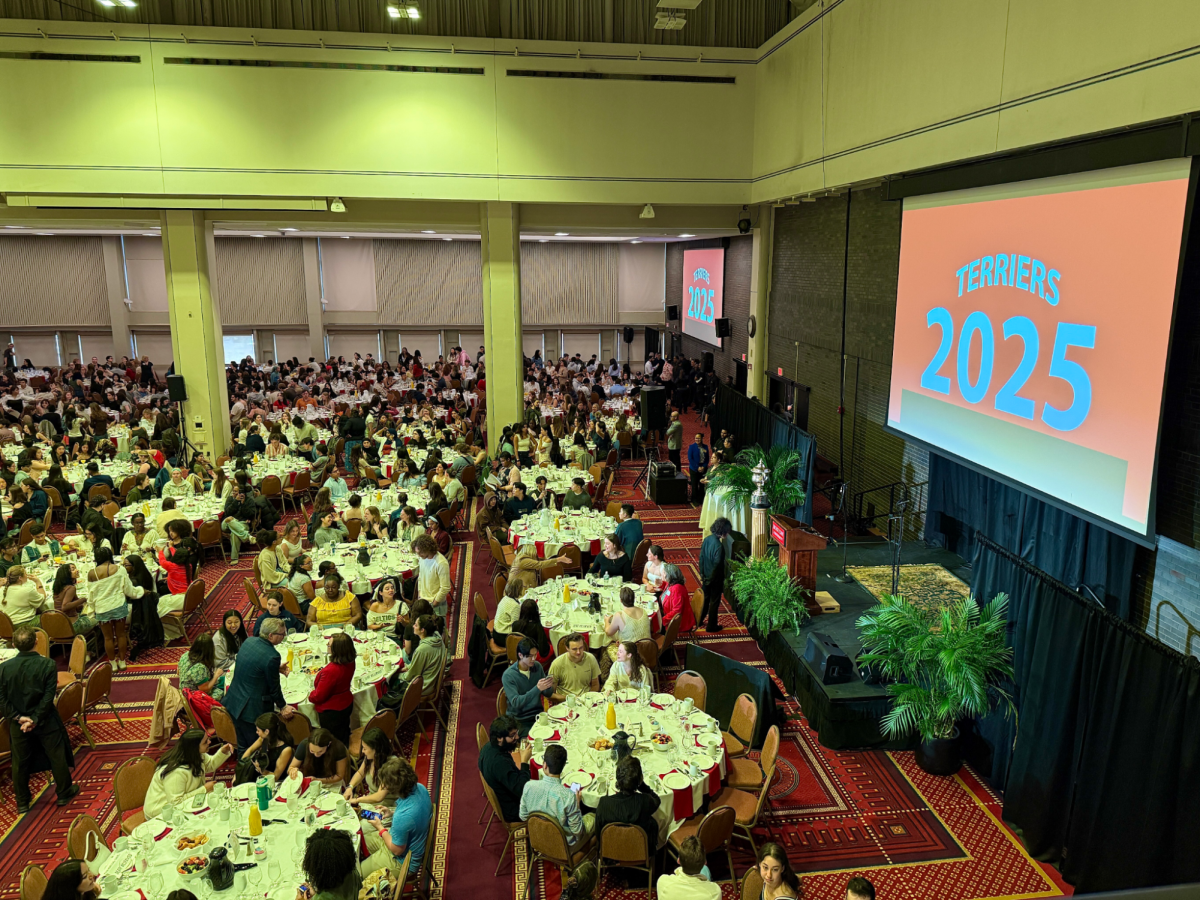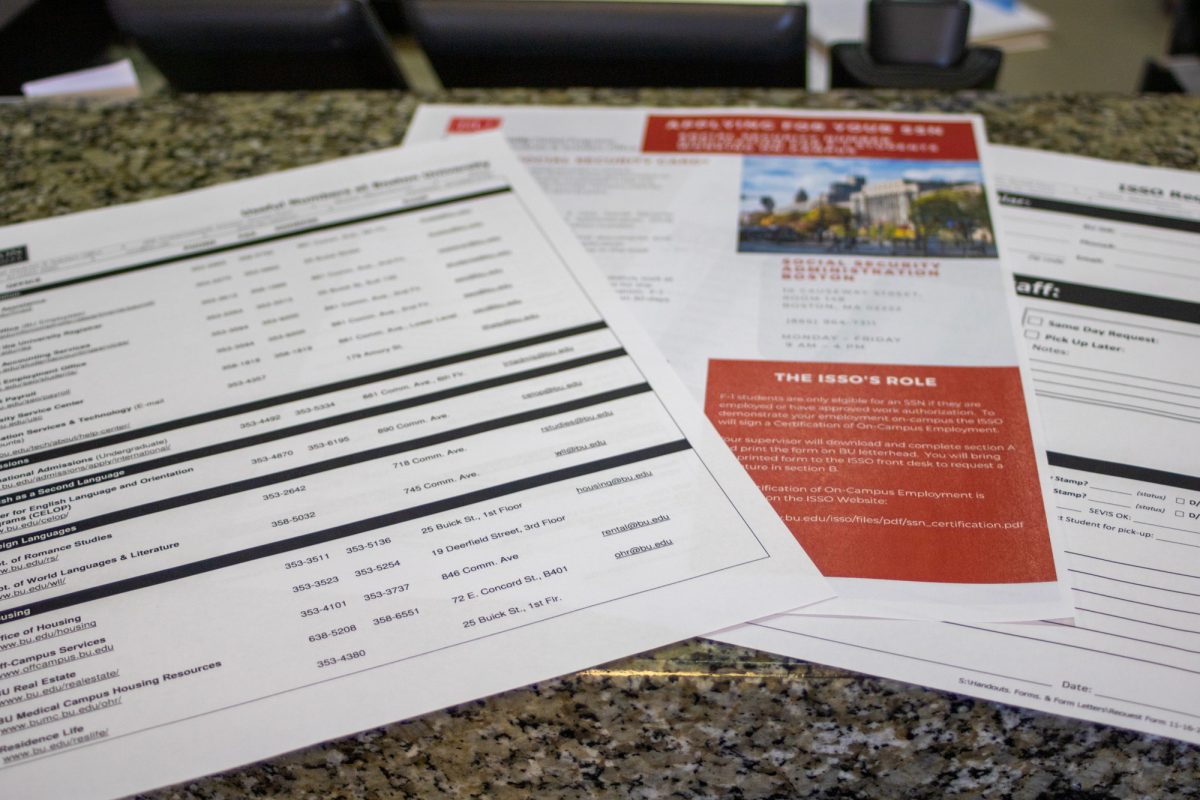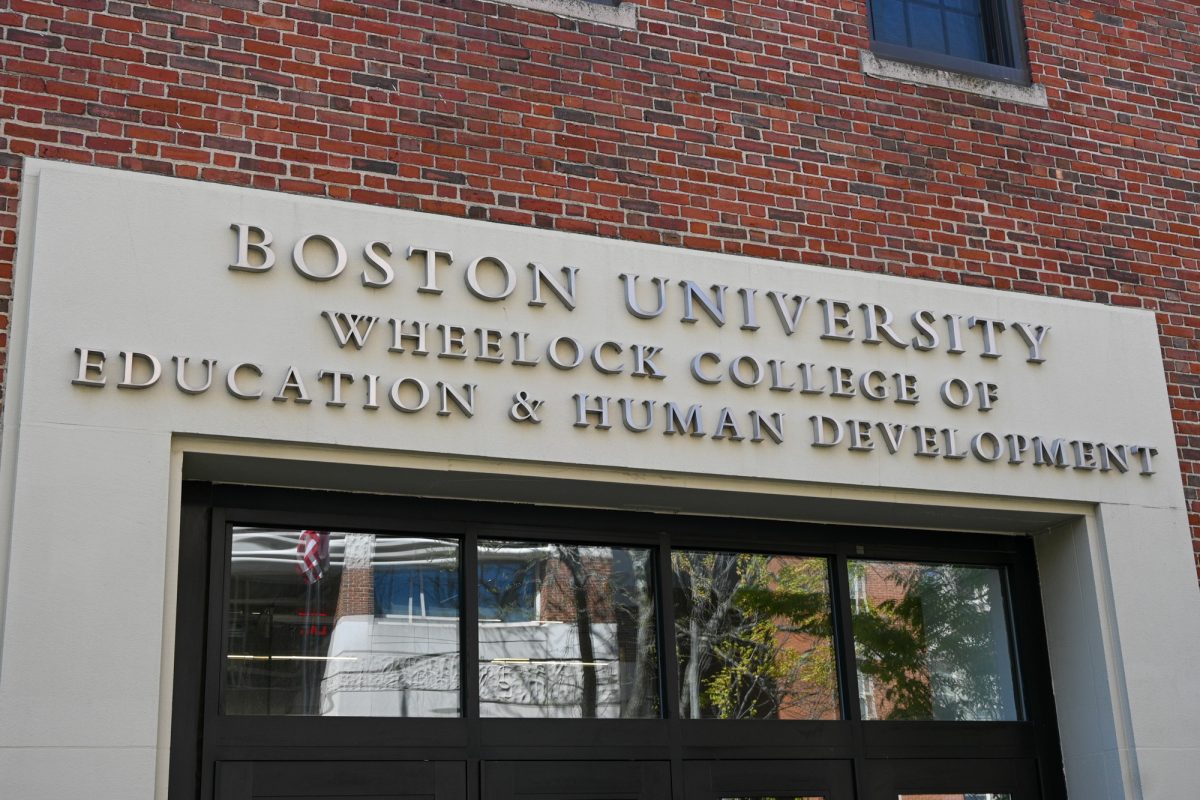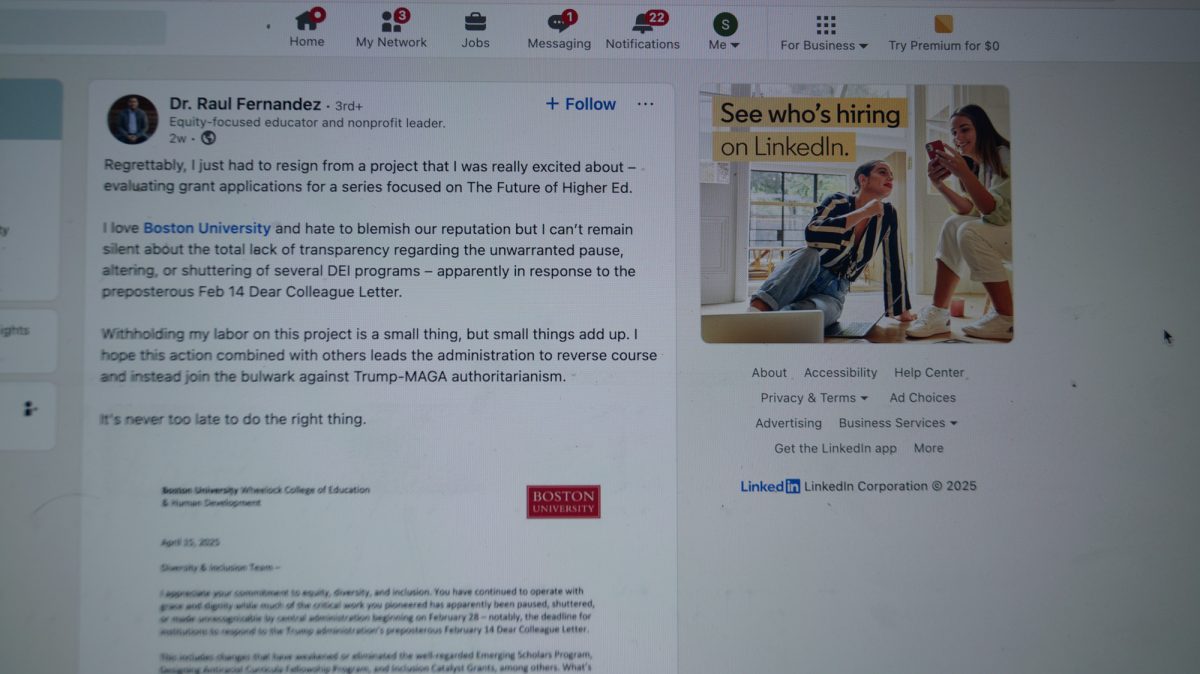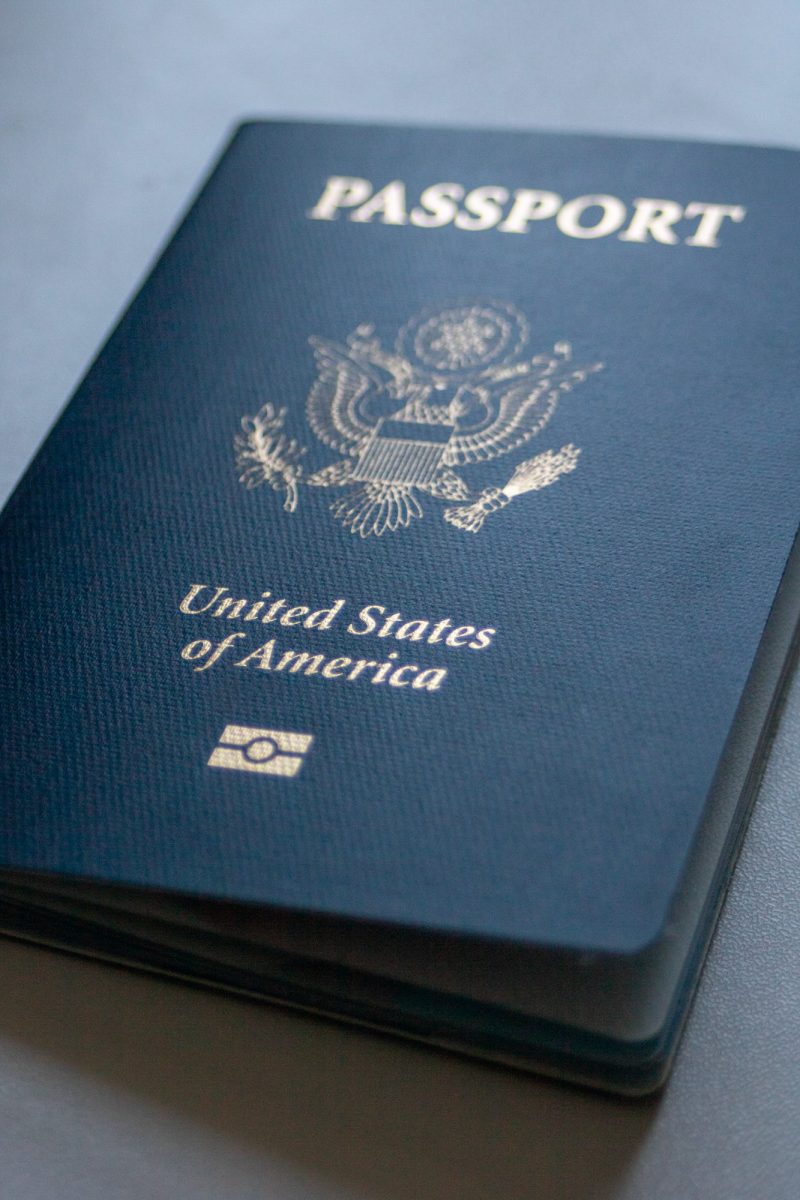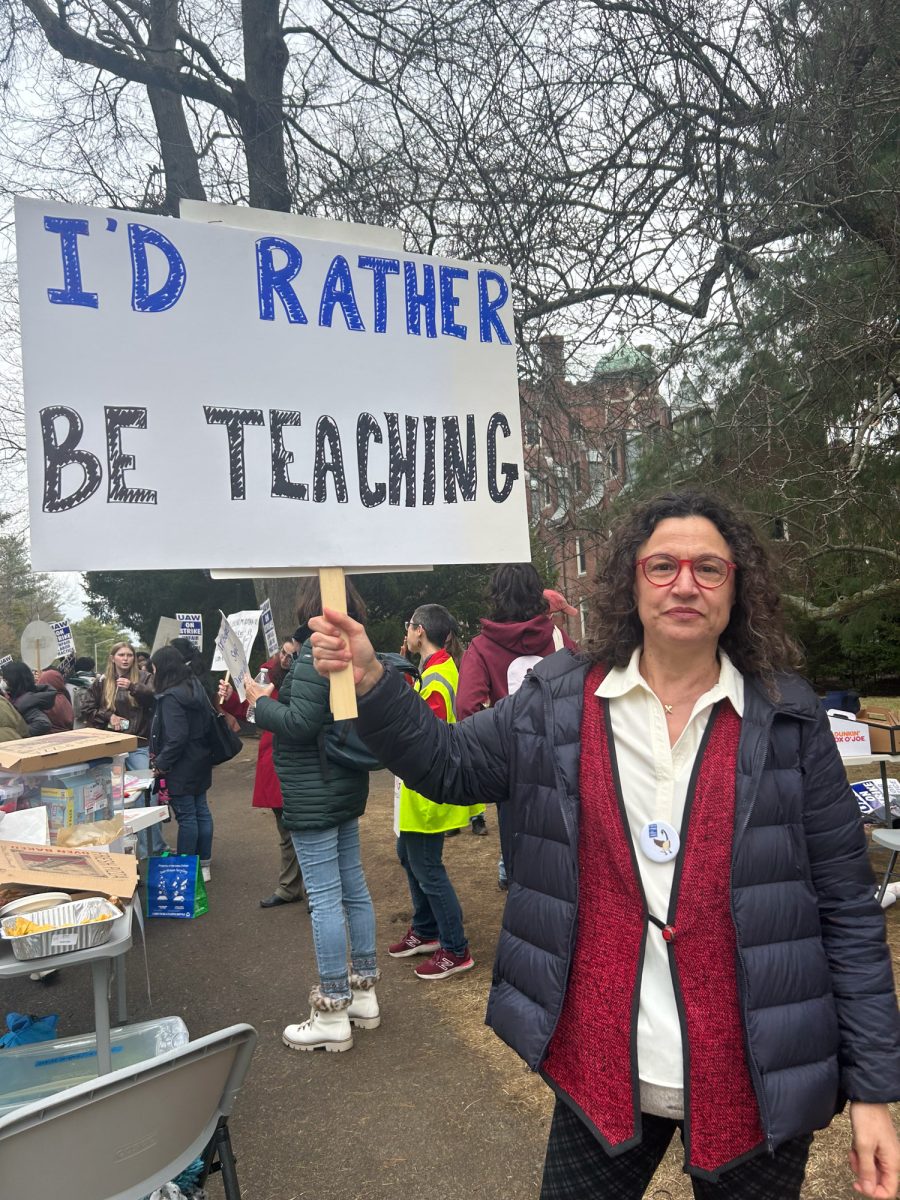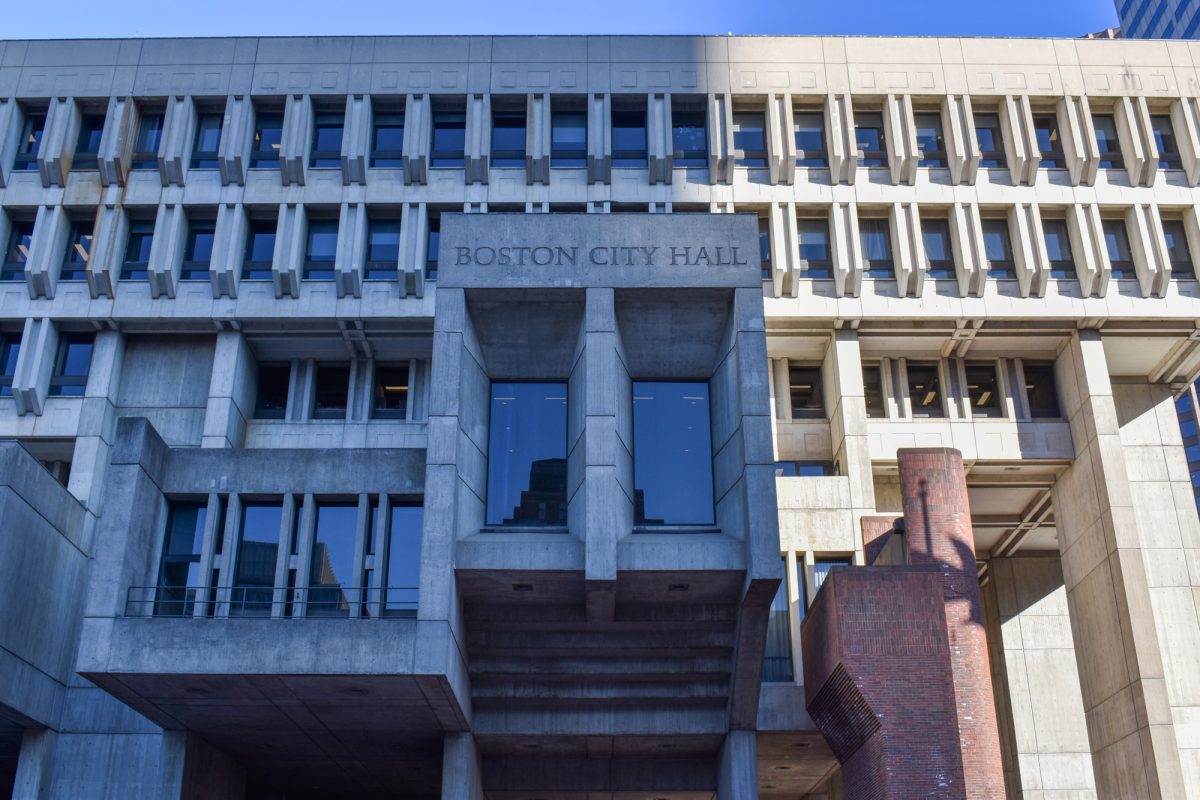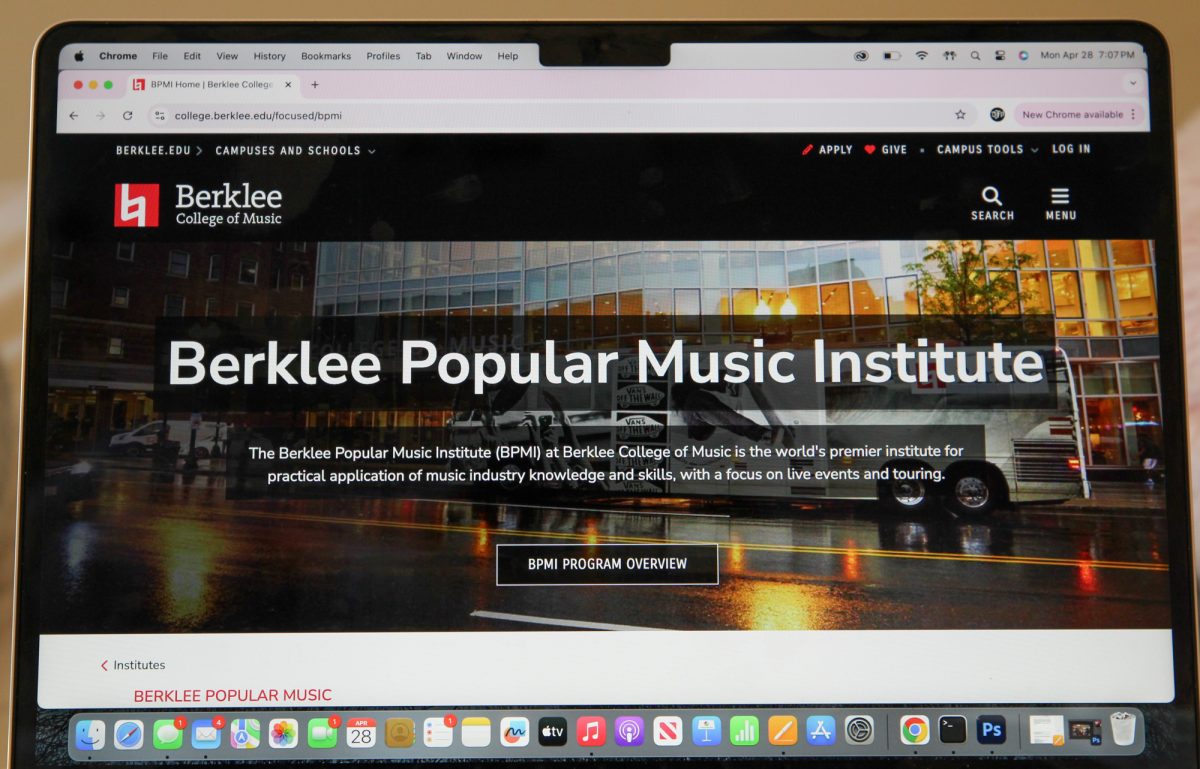Boston water providers and servers say that recent “scare tactics” from groups claiming there is lead in Boston’s water are unfounded because the lead is actually in the pipes, not directly in the water source. But at a City Council hearing Thursday, some councilors expressed concern that lead in piping can still be a risk for low-income families.
“There is no lead in the water. The lead is only in the home plumbing,” said Ria Convery, a spokeswoman for the Massachusetts Water Resources Authority.
Convery said misleading headlines have created the misconception that there is lead in the drinking water.
“The simplest fix to get rid of the lead is to let the water run for 30 seconds to a minute,” Convery said. “Once it’s free flowing and fresh, the lead is gone.”
She said the MWRA samples the water twice a year, in March and in September, to ensure that lead levels are safely below the Environmental Protection Agency’s Lead and Copper action levels.
“It came to light in the early ’90s that lead acted as a corrosive agent. After that, we took measures to change the corrosivity of the water,” she said.
Convery said since 1996, water samples have shown that lead levels have dropped almost 80 percent. She said the lead areas were due to pockets of older houses with older plumbing.
Copper pipes soldered in lead can also cause problems.
Convery said the MWRA serves 47 communities, of which nine — including Boston — are at-risk areas.
“Boston’s water is received from the MWRA with no lead in it, and the Commission has no lead water mains,” James Steinkrauss, the lead project director at the Boston Water and Sewer Commission, said in an email. “It is only through water remaining stagnant in a lead service line, lead internal plumbing or in extended contact with lead plumbing fixtures that lead can leach into drinking water.”
Steinkrauss said over the past 18 months, the Commission has spent more than $1 million to replace more than 25 percent of its public lead service lines, a pace almost four times its regulatory requirement. He said in 2004, the Commission initiated a program to entice Boston homeowners to remove lead from their homes. This program was one of the first of its kind in the country and remains the only such program in Massachusetts, he said.
Steinkrauss also sent the The Daily Free Press an email detailing numerous errors in an article about lead exposure that appeared in last week’s Allston-Brighton TAB.
Auditi Guha, the TAB reporter who wrote the article, said in an interview that all of her information was from residents and advocacy groups in Allston-Brighton.
“I can understand the Boston Water and Sewer Commission’s concern, but none of my information was unsubstantiated,” she said.
THE CITY COUNCIL WEIGHS IN
At the hearing Thursday, City Councilors and city and state water officials discussed ways to expedite the pipe replacement program and alleviate health concerns about the effects of lead in drinking water.
The MWRA tries to inform its communities as much as possible, Stephen Estes-Smargiassi, planning director at the MWRA, said at the hearing.
“We believe in transparency,” he said. “We believe consumers who have information about water quality will reach the same conclusion we’ve had — that the water is safe.”
“The best plan concerning lead is to make sure that these pipes are changed,” Councilor Jerry McDermott (Allston, Brighton) said in an interview before the hearing. “I don’t think you can ever do enough when it comes to public health. [Councilor At-Large Felix Arroyo and I] are going to be asking why the replacement program is taking so long. The current timetable is 15 years.”
But McDermott did not attend the Council hearing, and the councilors present — Arroyo, John Tobin (Jamaica Plain, West Roxbury) and Charles Yancey (Dorchester, Mattapan) — did not discuss changing the timetable.
McDermott said parts of Allston and Brighton have been acknowledged as high-risk lead areas. He added that there was a possible correlation between low-income neighborhoods and high-risk amounts of lead in some neighborhoods, but it is not always the case.
“I don’t think lead cares what neighborhood you live in — it’s all in the pipes that it travels through,” he said.
Of the 29 Boston areas with high levels of lead, 26 are areas of minority and low-income communities, according to Eloise Lawrence, a lawyer for the Conservation Law Foundation.
“We believe this is an issue of environmental injustice, that low-income and people of color are disproportionately exposed to lead poisoning,” she said. “To get Boston to be a lead-free city, we must eliminate every pathway.”
Ryan Torres of the Lead Action Collaborative said the majority of cases of children with high lead levels in their blood came from low-income neighborhoods, including areas in Dorchester, Roxbury and Mattapan.
“All children have the right to safe and healthy homes,” he said. “Parents shouldn’t have to worry about the water.”
Lead exposure is exacerbated in low-income communities because they have less information and have fewer resources to address the problem, said Alberto Pina, a community health worker at the Bowdoin Street Health Center.
“You don’t want to have a time bomb in your neighborhood without knowing when it’s going to explode,” Pina said.
Community members also said there is a correlation between high lead levels and high levels of violence.
“Poisoning an individual is a definition of violence … whatever the source may be … however unintended it may be,” Yancey said. “We must address that silent violence. We should be … horrified by the number of people who have been poisoned over the years.”
Lead exposure continues to be a threat to both children and adults, said Dr. Harold Hu from the Harvard School of Public Health. Lead negatively impacts cognition and kidney function and even increases the occurrence of cataracts, Hu said.
Current federal and state standards are inadequate, Hu said, because even if communities meet these standards, lead levels can still be harmful.
At the hearing, Vincent Mannering, executive director of BWSC, said he believed Boston tap water is safe but that he wanted more than the bare minimum standards.
“We are not concerned with just complying [with standards],” he said. “We want to go several steps further to get the lead out. My wife, my children, drink this water.”
But Arroyo disagreed.
“My wife, my children don’t,” Arroyo said. He expressed concern about current lead levels and encouraged the BWSC to further improve standards.
To decrease the risk of exposure to lead, councilors and water officials considered tightening lead level standards, offering free tap water tests to city residents, establishing an independent panel of experts to conduct research and subjecting the BWSC to more supervision from the City Council.
BU RESPONDS
Boston University students voiced their concerns — and non-concerns — about the possibility of lead penetrating their pipes.
Kristen Tronsky, a junior in the College of Arts and Sciences, said she drinks Boston tap water on a regular basis.
“If you get it cold enough, you can’t tell that it tastes funny,” Tronsky said. “I think people just get used to drinking bottled water and make themselves scared to drink it.”
She said she trusts the tap water because she lives in a major city and if the water were making people sick, she said she trusts the problem would be fixed.
Tronsky said college students are less likely to be able to afford bottled water.
“People who only drink bottled water are wasting money,” Tronsky said. “Tap water is an alternative to bottled water that’s free and therefore better.”
But some students said they would rather foot the bill of bottled and filtered water than pay the price later on.
CAS senior Pamela Handelsman said she was raised drinking filtered and bottled water because her hometown near Washington, D.C. is rumored to have contaminated ground water.
“I only drink filtered or bottled water because it was always a health risk in my area,” Handelsman said. “Now I don’t like the taste of tap water.
“I don’t trust the old pipes in Boston because they could be rusty,” she said. “It’s a risk — trusting old plumbing. You really don’t know what kind of pipes your water went through before coming out of the tap.”

